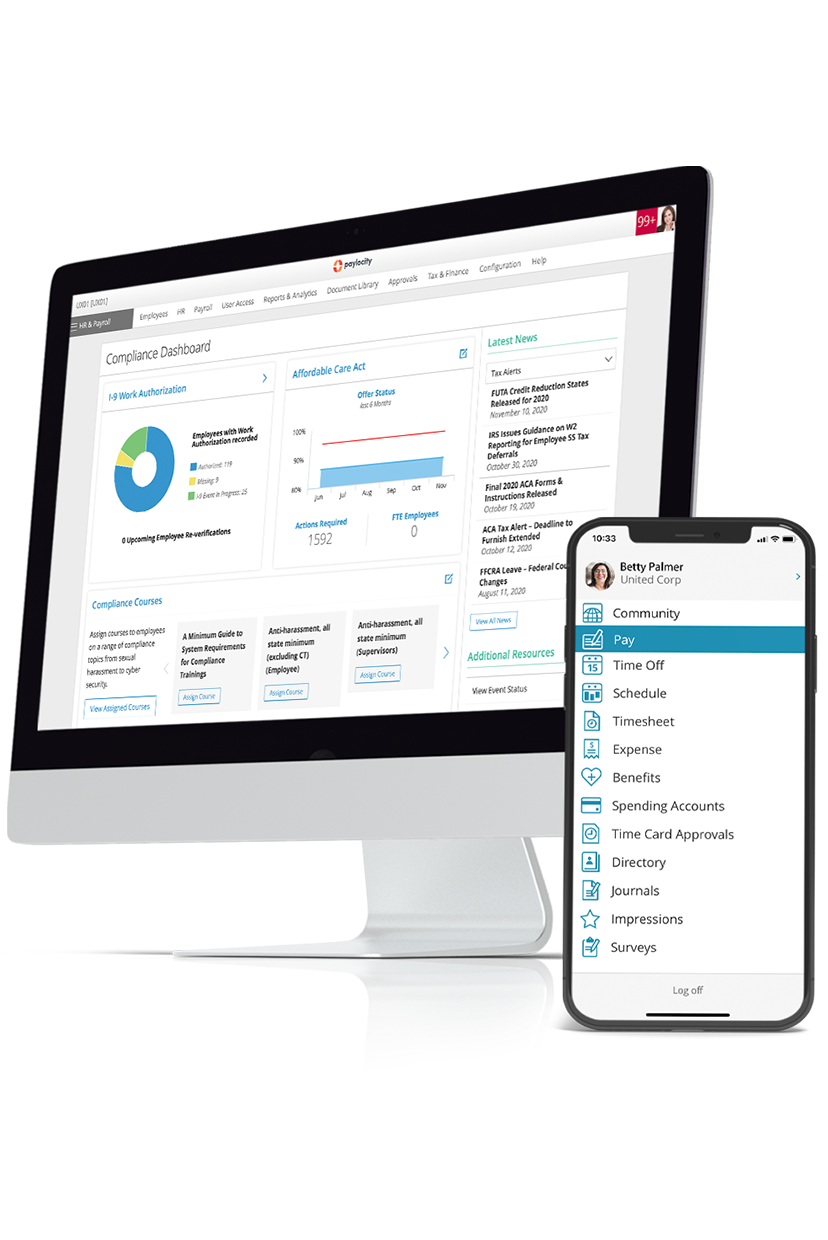Employee Database
Summary Definition: A centralized digital system that comprehensively organizes and manages workforce-related information to facilitate efficient HR operations and strategic decision-making.
What is an Employee Database?
An employee database is a structured digital system designed to centralize and streamline workforce information management across an organization. It consolidates key data points, such as contact details, job history, compensation, benefits, compliance records, and performance evaluations, into one accessible platform.
By replacing scattered documents and siloed spreadsheets, HR professionals can more easily maintain accurate records, support regulatory compliance, and make data-driven decisions.
This foundation of organized employee data enhances HR efficiency and strengthens strategic planning and organizational agility.
Key Takeaways
- An employee database is a centralized system that securely stores, manages, and organizes comprehensive information about a company’s workforce.
- Databases typically include core components like personal details, job data, compensation, and performance records.
- While organizations can manage databases via printed documents or digital spreadsheets, on-site programs and cloud-based platforms with integrated tools are more efficient and secure.
Why Does an Employee Database Management System Matter?
An employee database management system is a strategic asset that underpins efficient and compliant HR operations.
Consolidating all employee data into a centralized, easily accessible platform minimizes administrative redundancies and streamlines processes like onboarding, payroll updates, and performance tracking. This, in turn, improves data accuracy and ensures businesses remain compliant with evolving labor laws and audit requirements.
Moreover, modern employee database software offers automation, cloud-based accessibility, and robust data security, all of which empower HR leaders to generate real-time reports, uncover workforce trends, and support evidence-based decision-making.
Ultimately, these capabilities allow HR teams to be more proactive, agile, and impactful, resulting in faster response times, more informed strategic planning, and a stronger employee experience.
What Are the Benefits of an Employee Database System?
An employee database system delivers powerful advantages that go far beyond simple data storage, such as:
- Centralized Location: Consolidates all employee data into one system, improving accuracy, access, and alignment.
- Streamlined Operations: Expedites HR tasks like payroll processing, benefits administration, and recordkeeping.
- Enhanced Compliance: Helps maintain up-to-date information and meet legal requirements with secure, organized records.
- Data-Driven Insights: Enables analysis of key metrics such as turnover, performance trends, and training needs to inform strategic decisions.
- Employee Self-Service: Allows staff to view and update personal information, increasing transparency and reducing HR workloads.
How Do You Create an Employee Database?
Building a company employee database requires a comprehensive understanding of commonly included components and the different types of available systems.
Staff Database Software Components
Employee database management software captures essential data points across multiple sub-systems:
- Personal Information: Employee’s name, address, phone number, email, date of birth, and Social Security Number (SSN).
- Employment History: Any previous job roles, employment dates, and past employers.
- Job Details: Worker’s current job title and description, department, and supervisor.
- Compensation and Benefits Data: Their current salary, bonuses, tax withholdings, incentives, health insurance, retirement plans, paid time off, and other financial entitlements.
- Performance Records: Employee’s reviews, feedback, goals, and documentation of promotions or disciplinary actions.
- Training & Certifications: Any completed training programs, earned certificates, licenses, and ongoing development activities.
- Legal Forms: All government forms used to capture and report information during onboarding (e.g., Form W-4).
Employee Database Types
Organizations have a few employee database system options to choose from, each with advantages and disadvantages.
| System Type | Pros | Cons |
| Current Assets (physical documents in filing cabinets) |
|
|
| Spreadsheets (Excel or Google Sheets) |
|
|
| On-site software (installed on company servers and maintained by IT) |
|
|
| Cloud-based platform (Integrated HRIS accessed via internet browser and/or mobile app) |
|
|
Staff Database Management System Best Practices
Effective employee database management requires a comprehensive strategy built on accuracy, security, compliance, and user empowerment. Therefore, when choosing a system, users should consider:
- The size of their organization
- Compatibility with current HR tools and technology
- Availability of a suite of integrated tools for all business needs
Post-implementation, maintaining data accuracy through routine audits, spot checks, and employee validation processes is paramount. Robust security protections (e.g., regular system backups, role-based access controls (RBAC), etc.) are also essential.
Organizations should also train all employees on proper data handling procedures and establish a clear privacy policy outlining how employee information is collected, stored, and used.
Finally, businesses should leverage employee self-service features where appropriate, empowering staff to manage their own records while reducing administrative workload.

HR Tools Built With Employees in Mind
Recruit and retain talent by shaping an environment that makes employees feel valued and engaged. With HR tools built with employees in mind, you can equip your employees to be more self-sufficient and gain valuable insights into what you can automate and where you can strategically focus your resources. You can deliver the experience your employees need to find meaning in their work, and you'll continue improving efficiency.